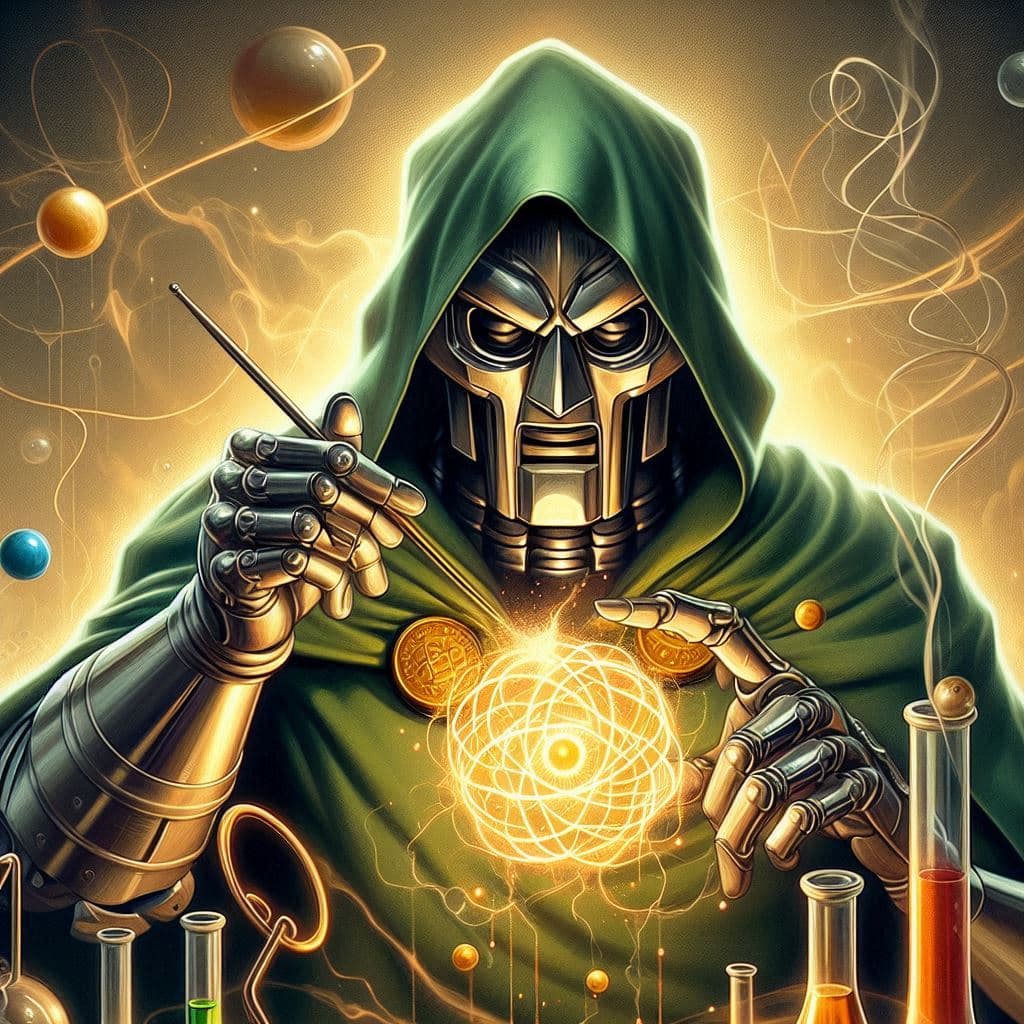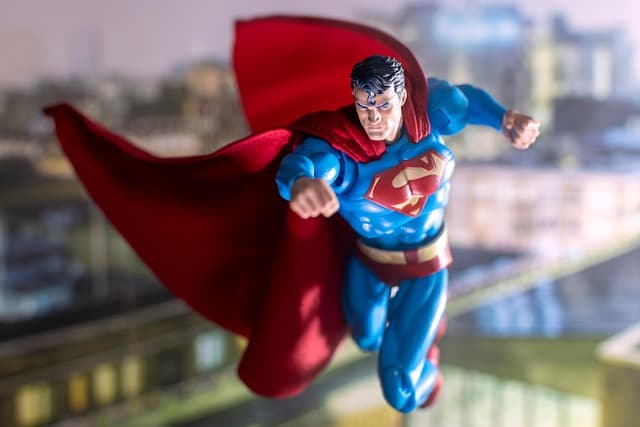If Neil Gaiman’s “Sandman” opened you to comics as high art, where myths intertwine with literature, philosophy, and dream magic – don’t be too quick to think that there are no more such works. There are. And quite a few. Here’s a selection of comics that can continue that very “magical realism in graphics” and not let go until the last page.
“Promethea” (1999-2005)
Written by Alan Moore, art by J.H. Williams III.
Publisher: America’s Best Comics
If “Sandman” is the mythology of dreams, “Promethea” is the alchemy of thought. This is not just a superheroine story, but a journey through Kabbalah, occult symbols, and concepts of consciousness. Alan Moore here creates a meta-reality where form and content are intertwined. Visually, this is one of the most beautiful comics of its time.
“Lucifer” (2000-2006)
Authors: Mike Carey and others
Publisher: Vertigo
A Sandman spin-off dedicated to Lucifer Morningstar, the very one who refused to give up hell. The comic is less poetic, but much more philosophical and vulnerable. Lucifer builds his own universe, argues with fate and the gods, all under a sauce of powerful plots and imagery. Over 75 issues of intellectual epic.
“The Books of Magic” (1990-1991)
Author: Neil Gaiman et al.
Publisher: DC/Vertigo
Technically a predecessor to “Sandman” in many ways. The main character is a boy named Timothy Hunter, who is destined to become the greatest magician ever. He is guided through the world of magic by DC’s Four Mystics. It’s as if “Harry Potter” was written in the vein of Gaiman with illustrations by John Bolton.
“Moonshadow” (1985-1987)
Author: J.M. DeMatteis, artist: John Jay Muth
Publisher: Marvel/Epic Comics
One of the first “literary” graphic novels done in the watercolor style. It’s a phantasmagorical story of growing up, a philosophical parable about love, fate, and finding oneself. Just as poetic as “Sandman” but in a different, gently melancholy tone.
“The Invisibles” (1994-2000)
Author: Grant Morrison
Publisher: Vertigo
It’s like “Sandman,” but on acid and in a leather jacket. A secret organization fights a totalitarian meta-reality, at the same time destroying all genre boundaries. Quantum physics, chaos magic, punk, paranoia, postmodernism – in one bottle. Morrison claims the entire series is spellbinding. And it feels that way.
“Daytripper” (2010)
Authors: Fabio Moon and Gabriel Ba.
Publisher: Vertigo
A comic book about life, death and the meaning of existence. Each issue is a possible ending for the main character, writer Brás de Oliveira Domingos. A subtle, tender and poignant story that shows how little things define everything. If “Sandman” is about the eternal, “Daytripper” is about the fleeting, but no less significant.
“Echo” (2008-2011)
Author and artist: Terry Moore
Publisher: Abstract Studio
After “Sandman,” you want something with a strong female protagonist and metaphysical undertones? “Echo” is a sci-fi drama where a woman accidentally becomes the carrier of an experimental alloy that changes her on a cellular level. There’s drama, intrigue, and philosophical questions about who we are.
“Sandman Mystery Theater” (1993-1999)
Authors: Matt Wagner, Steve Siegle.
Publisher: Vertigo
Not to be confused with “The Sandman.” This is a noir take on the classic DC hero Wesley Dodds, the original Sandman of the 1930s. There’s more crime, psychology, and the atmosphere of old New York. A great bridge between classic and dystopian philosophy.



